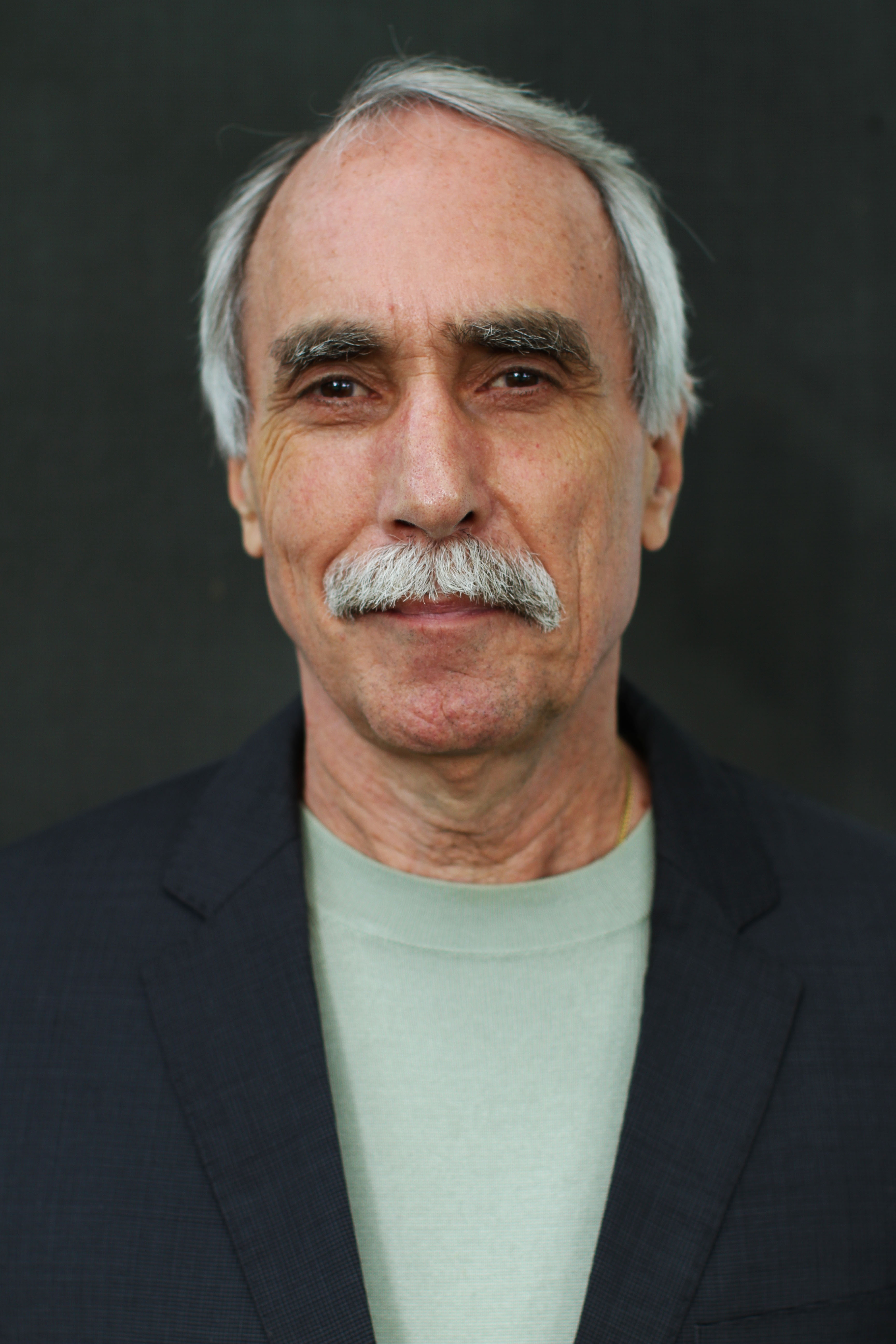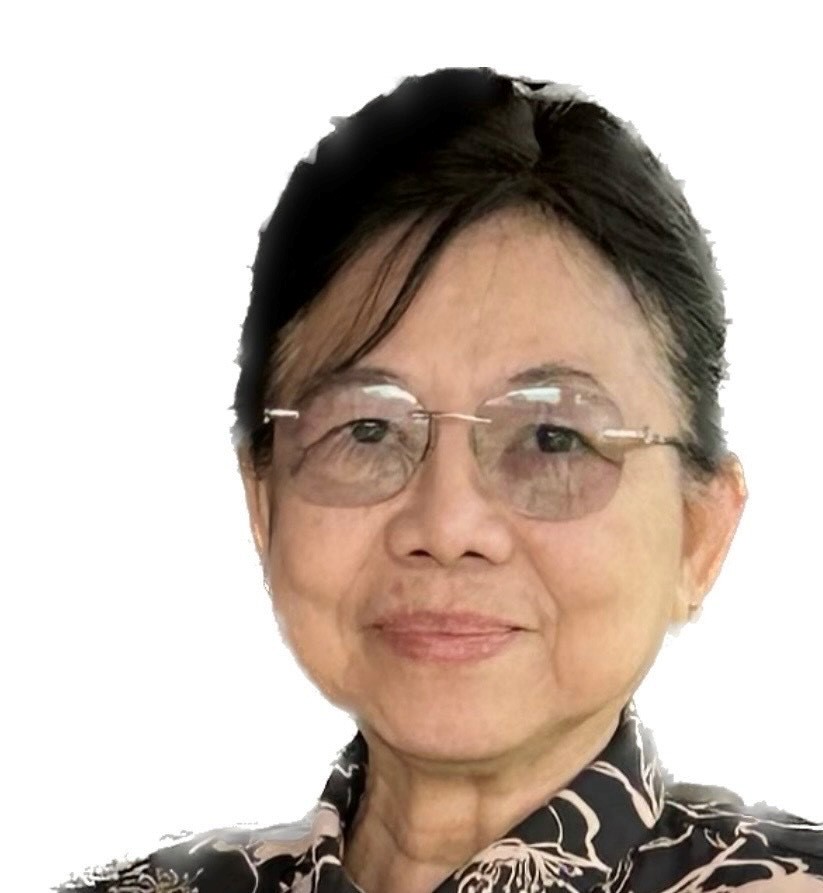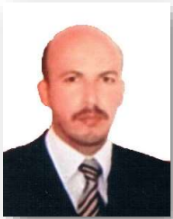Research Article
Factors Limiting the Implementation of Community Activities by CHWs in The Health District of Rural Ngaoundere, Adamaoua Region-Cameroon
1Ngaoundere Rural Health District, Ngaoundere, Cameroon.
2Adamaoua Regional Public Health Delegation, Ngaoundere, Cameroon.
*Corresponding Author: Dieudonne Walguidou, Ngaoundere Rural Health District, Ngaoundere, Cameroon.
Citation: Walguidou D., Djamilatou Leila Epse Adamou Ali, Wawoua Martine Epse Domga. (2025). Factors Limiting the Implementation of Community Activities by CHWs in The Health District of Rural Ngaoundere, Adamaoua Region-Cameroon, International Journal of Biomedical and Clinical Research, BioRes Scientia Publishers. 3(6):1-6. DOI: 10.59657/2997-6103.brs.25.068
Copyright: © 2025 Dieudonne Walguidou, this is an open-access article distributed under the terms of the Creative Commons Attribution License, which permits unrestricted use, distribution, and reproduction in any medium, provided the original author and source are credited.
Received: March 10, 2025 | Accepted: April 16, 2025 | Published: April 24, 2025
Abstract
Introduction: The role of the multi-skilled Community Health Worker (CHW) in Primary Health Care is well established. It represents the first point of contact between the community and the health system. To successfully carry out its tasks, the CHW must be trained and have all the necessary resources. This study aims to identify the factors limiting the implementation of community activities in the Ngaoundéré Rural Health District (HD).
Methods: A cross-sectional and descriptive study was conducted in the rural Ngaoundéré DS from June 4 to 14, 2024, among the CHWs of the said DS selected according to an exhaustive sample. A pre-tested questionnaire was administered to 62 CHWs who gave their informed consent to participate. The variables studied relating to the accessibility and availability of material, technical and logistical resources made it possible to identify the factors limiting the implementation of community activities by CHWs. Word and Excel software were used to enter, process and analyze the data collected.
Results: The results showed that 87% of the CHWs were male; 63% were in the 25-45 age group; the majority (84%) were farmers and married; 69% had more than 3 children. It also emerged that 52% covered more than 3 neighborhoods; 73% of them had no means of transport; 27% resided more than 20 km from the health facility. The main factors limiting the implementation of community activities were: lack of financial means for travel (64.5%), long distance (63%), shortage of inputs (32.2%), late payment of premiums (24.2%) and lack of means of communication (11.3%).
Conclusion: ASCp encounter several financial and logistical difficulties that hinder the implementation of their sovereign activities. In order to improve the performance of ASCp, these bottlenecks must be taken into account in the development of policies governing the activities of ASCPs.
Keywords: institutionalization; community activities; obstacles; Ngaoundéré health district – Cameroon
Introduction
The Community Health Worker (CHW) is a person performing functions related to the provision of health care, having some training in the context of the intervention, but not a formal professional or paraprofessional certificate, nor a higher education diploma in a health-related field [1]. When supported, trained for a short period to implement several public health interventions in his community under the supervision of health services, he becomes versatile [2]. Today, the role of the versatile Community Health Worker (CHWp) in primary health care is no longer in doubt. The recent interest in the role of communities and CHWp in the management of the Ebola virus disease outbreak in West Africa in 2014-2015, made it necessary to study their participation in the provision of health services [1]. The exact roles and responsibilities of these community actors may vary from country to country, and within countries, from program to program, and from region to region [1]. This is the first contact between the community and the health system:
Community health workers help overcome geographical barriers caused by shortages of health professionals, helping to address these human resource shortages in the health sector, while improving access to and quality of primary health care [6]. In addition, it has been proven that the majority of highly qualified medical personnel are concentrated in the wealthiest urban areas [7]. Community health workers can reduce financial barriers for clients. Even in "free care" settings, clients may be required to pay consultation fees or other informal costs before receiving services [6]. For example, treatment for uncomplicated and severe malaria in children under five is free in Cameroon. However, a mother living in the village of Dassakoul will pay 20,000 FCFA for round-trip transportation to treat her child suffering from uncomplicated malaria at the Dibi District Medical Center. Indeed, we realize that the CHW plays a very sensitive role that is not always appreciated. Their profile, as presented in the "Integrated Strategy for The Implementation of Community-Directed Activities in Cameroon," is very telling:
- Be a man or a woman belonging to and living in the community concerned;
- Be of good character;
- Be a volunteer;
- Be in good health;
- Know how to read and write French or English and express oneself in the languages of one's community;
- Be chosen and accepted by the community;
- Have a given occupation within this community which produces an income;
- Know the customs of the community concerned;
- Be available to provide service to your community;
- Take an interest in public health issues affecting the community;
- Not to carry out parallel activities in the health sector;
- Not being a member of a dialogue structure.
Unfortunately, some criteria, including "volunteering and having an occupation within the community," which led to his selection, do not always allow him to clearly pose the problems he faces during the implementation of his activities. The performance of CHWs can be influenced by a series of contextual factors, which must be addressed to achieve optimal effectiveness of these agents. Individual and family factors, such as age, marital status, spousal support, and altruism, can be taken into account by improving the selection criteria. Organizational factors such as training, supervision, equipment, and remuneration are most often under the control of the institutions that manage the agents; as such, they can be brought to their optimal level for the purpose of improving performance. In contrast, community factors such as population participation, buy-in, and support for CHW programs are more difficult for program administrators to control, especially since, as available data suggest, these factors are the most critical aspects of program success [3-5]. To carry out its tasks successfully, the community actor must be trained and have all the necessary resources for the implementation of its activities. This study aims to identify the factors limiting the implementation of community activities in the Health District (DS) of Ngaoundéré Rural.
Methodology
Presentation of the Site
The Ngaoundéré Rural Health District is one of the three Districts of the Vina Department among the eleven that make up the Adamaoua Region. After several divisions, today the Ngaoundéré Rural Health District covers the following Arrondissements: Mbé, Nyambaka, part of the Arrondissement of Ngan-ha, with a health area (Béka-Hosséré) located in the Arrondissement of Ngaoundéré 1st. It is bordered to the north by the Northern Region and the Belel Health District, to the south and east by the Mbéré Department and to the west by the Faro and Déo Departments. The Ngaoundéré Rural Health District has an estimated population of 122,187 in 2024. The indigenous population consists of Dii, Peulh, Mboum, and Gbaya. The economy is based on agriculture, trade, and livestock breeding. The climate is intermediate between Sahelian and forest, with a rainy season and a dry season of approximately the same duration (6 months). The hydrographic network includes rivers (Vina and Djerem) and several seasonal streams. The relief is made up of mountainous areas (Mbé, Sassa Mbersi and Wack Health Areas), plains (Mbang-Mboum, Gangassaou, Nyambaka; Wassandé Health Areas), marshy areas (Dibi Health Areas). The health map (Figure 1) consists of 17 health facilities spread across 9 health areas, including 4 private health facilities and 13 public health facilities, including 3 District Medical Centers. Just over 80% of these health facilities are located more than 50 km from the District Health Service.
Figure 1: Health map of the Ngaoundéré Rural health district.
Type, Period and Framework of Study
This is a cross-sectional and descriptive study conducted in the first half of 2024 in the health district of Ngaoundéré Rural, Adamaoua Region, Cameroon.
Study Population
The study focused on multi-skilled community health workers in the rural Ngaoundéré health district. All 62 CHWs were interviewed using a pre-tested questionnaire.
Sampling
To do this, an exhaustive sampling of ASCp was carried out. A questionnaire was administered to 62 ASCp of said DS during the period from June 4 to 14, 2024.
The collected data were entered, processed and analyzed using Word and Excel software.
Ethical Consideration
This study benefited from the oral approval of the Regional Delegate of Public Health of Adamaoua, the Head of the Health District of Ngaoundéré Rural and the consent of the respondents.
Results
Individual and Family Factors
Table 1 shows that more than one-fifth (63%) of the CHWs in the rural Ngaoundéré health district are in the 25-45 age group, and women represent less than one-seventh of the CHWs. It also shows that more than 4/5 of our respondents are married, and nearly 7/10 of them have more than three children.
Table 1: Distribution of respondents by age, gender, marital status and number of children.
| Factors | Effective | Percentage |
| Age | ||
| Under 25 years old | 3 | 4.8 |
| 25-45 years old | 38 | 62.9 |
| 45 years and over | 21 | 32.3 |
| Total | 62 | 100 |
| Sex | ||
| Male | 54 | 87.1 |
| Female | 8 | 12.9 |
| Total | 62 | 100 |
| Marital Status | ||
| Bachelor | 10 | 16.1 |
| Married | 52 | 83.9 |
| Total | 62 | 100 |
| Number of children | ||
| 0 children | 5 | 8.1 |
| Less than 2 children | 10 | 16.1 |
| 2-3 children | 4 | 6.4 |
| More than 3 years | 43 | 69.4 |
| Total | 62 | 100 |
The fact that most ASCp are aged 25 and over shows that these actors, committed to supporting their communities in resolving their health problems, have the ability to maintain professional secrecy and confidentiality. Indeed, older people generally keep more secrets than younger ones.
The low representation of women within the ASCp can be explained on the one hand by the fact that being occupied by multiple household tasks are less available to carry out community activities whose availability remains an important criterion, and on the other hand by the fact that women may have more difficulty adapting on the ground especially in the context of Ngaoundere Rural where the ASCp are insufficient and are called upon to cover several localities.
The fact that most ASCp are married and have more than two children shows that these actors have significant family responsibilities. Any program that employs them should, in principle, take this responsibility into account.
Environmental Factors
The Main Activity
Figure 2: Distribution of respondents according to main activity.
In Figure 2, each CHW was asked to indicate their main activity before taking on the CHW role. The data collected shows that more than 4/5 of respondents practiced agriculture as their main activity. This activity allows the CHW to feed their family and meet their small needs. However, agricultural activities can significantly limit their health activities. This phenomenon is most often observed during the rainy seasons and harvest periods when there is a turnover of staff during mass campaigns because some considered it more beneficial to go to the fields. Clearly, agriculture is one of the criteria that allowed them to be selected, and the main activity should always take precedence over other activities. Good work organization is essential for the CHW to succeed, and this should constitute an entire module during their training.
Number of Localities Covered
Figure 3: Distribution of respondents according to the number of localities covered.
Figure 3 shows that slightly more than the majority (51.6%) of ASCp cover more than three localities or villages. These data highlight two issues on the table: the insufficiency of ASCp and the lack of means of transport for these actors.
On the one hand, the Ngaoundéré Rural health district has 62 CHWs for an estimated population of 122,187 inhabitants in 2014, for a standard of 1 CHW per 1,000 inhabitants in rural areas. On the other hand, this standard can be questioned: how many villages or localities do some CHWs have to travel to have 1,000 inhabitants? In reality, community actors in rural areas should have a means of transport as part of their activities.
Availability of Means of Transport and Distance Separating the ASCp from The Area Capital
Table 2: Distribution of respondents according to the availability of means of travel and according to the distance which separates it from the capital of the area.
| Factors | Effective | Percentage |
| Availability of Means of Transport | ||
| No | 45 | 72.6 |
| Yes | 17 | 27.4 |
| Total | 62 | 100 |
| If Yes, Do You Contribute to Helping the Center with Its Activities? | ||
| No | 0 | 0 |
| Yes | 17 | 100 |
| Total | 17 | 100 |
| Distance Between ASCp Residence and The Health Area Capital | ||
| 0-5 km | 25 | 40.3 |
| 6-20 km | 28 | 45.2 |
| More than 20 km | 17 | 14.5 |
| Total | 62 | 100 |
Table 2 shows that more than 7/10 of CHWs do not have means of transport, while 27% of them have either a bicycle or a personal motorcycle that allows them to carry out their community activities or to go to the health facility when needed. And on the other hand, some CHWs (14.5%) travel more than 20 km to reach the area capital where they are often called for meetings. The fact that 100% of CHWs who have means of transport make their means available to health facilities during advanced strategies and mass campaigns shows that they are concerned about the health of their communities and that if a program provides them with means of transport, they will continue to make their means available to the FOSA when needed.
Problems Encountered by ASCp in the Implementation of Their Activities
Organizational Problems
Figure 4: Distribution of organizational problems according to recurrences.
In Figure 4, each CHW was asked to name 3 priority problems that they encounter during the implementation of their community activities on the ground and the responses show that the lack of means of transport, the distance which can be confused came up 40 and 39 times respectively. They mentioned among others the problem of shortage of inputs, the late payment of their motivation. Any program that should employ CHWs should take into account these problems in order to optimize their performance.
Other Problems
Figure 5: Other problems identified by the ASCp.
Some problems raised by CHWs can be described as "small problems," but taking them into account could significantly improve their performance on the ground. These are small actions that can motivate CHWs. These include the issuance of certificates, letters of congratulations, support from traditional authorities, community support, etc. This community can organize itself to lend a hand to the CHW in its field activities. To optimize the performance of community actors, it is not a question of simply prioritizing problems; it is important that each actor (Ministry of Health, partners, Decentralized Territorial Communities, traditional leaders, the community) contributes at their level and that each problem is taken into account.
Suggestions from ASCp
To improve their working conditions, the ASCp made several suggestions summarized in Figure 6. These grievances are directly in line with the problems encountered in the field. To this end, each suggestion must be taken into account and examined carefully.
Figure 6
Conclusion
The ASCp encounter several financial and logistical difficulties that hinder the implementation of their sovereign activities. Cameroon, to effectively rely on the provision of community health workers [8] as provided for in its Health Sector Strategy (HSS) 2020-2030 document, must take these bottlenecks into account in the development of policies governing the activities of the ASCp. For this, there is a real need to revise the “voluntary” status of the ASCp which will allow it to put this activity at the forefront. This country scored a valid goal by organizing the first forum on primary health care and the institutionalization of community health in Cameroon from November 18 to 21, 2024.
References
- World Health Organization. (2017). Community Health Worker Programmes in the WHO African Region: Evidence and Options - Policy Brief.
Publisher | Google Scholor - Community Health Workers Training Manual (CHWs), Cameroon Version. (2018).
Publisher | Google Scholor - Haines A, Sanders D, Lehmann U, Rowe AK, Lawn JE, et al. (20007). Achieving Child Survival Goals: Potential Contribution of Community Health Workers. Lancet. 369(9579):2121-2131.
Publisher | Google Scholor - Lehmann, Uta & Sanders, David. (2007). Policy Brief: Community Health Workers: What Do We Know About Them? The State of the Evidence on Programmes, Activities, Costs and Impact on Health Outcomes of Using Community Health Workers. Evidence and Information for Policy. 2.
Publisher | Google Scholor - Ochieng B, Akunja E, Edwards N, Mombo D, Marende L, Kaseje DC. (2014). Perceptions of Health Stakeholders on Task Shifting and Motivation of Community Health Workers in Different Socio Demographic Contexts in Kenya (Nomadic, Peri-Urban and Rural Agrarian). BMC Health Serv Res. 14(Suppl 1):S4.
Publisher | Google Scholor - Community Health Workers: Bringing Family Planning Services to Where People Live and Work. (2015).
Publisher | Google Scholor - World Health Organization. (2006). The World Health Report 2006: Working Together for Health. World Health Organization.
Publisher | Google Scholor - Ministry of Economy, Planning and Regional Development, 2020: Health Sector Strategy 2020-2030.
Publisher | Google Scholor





















